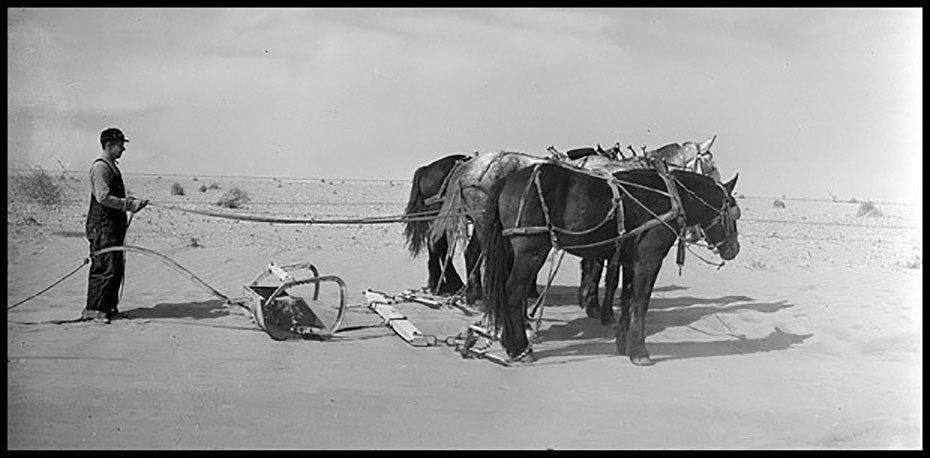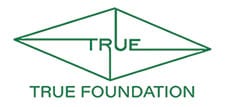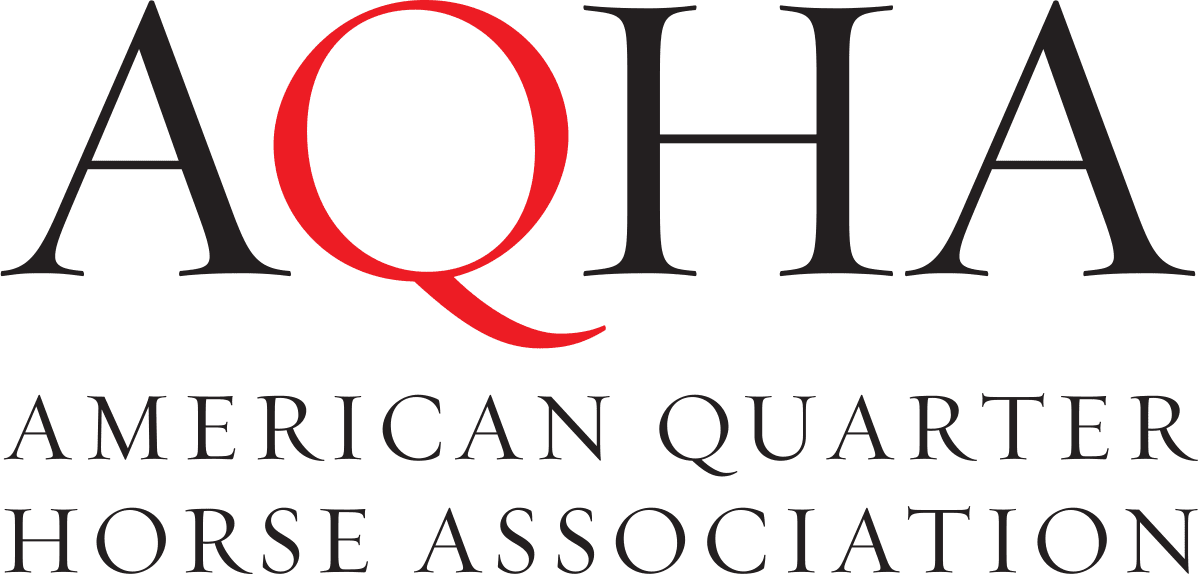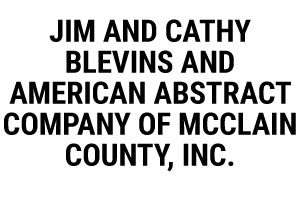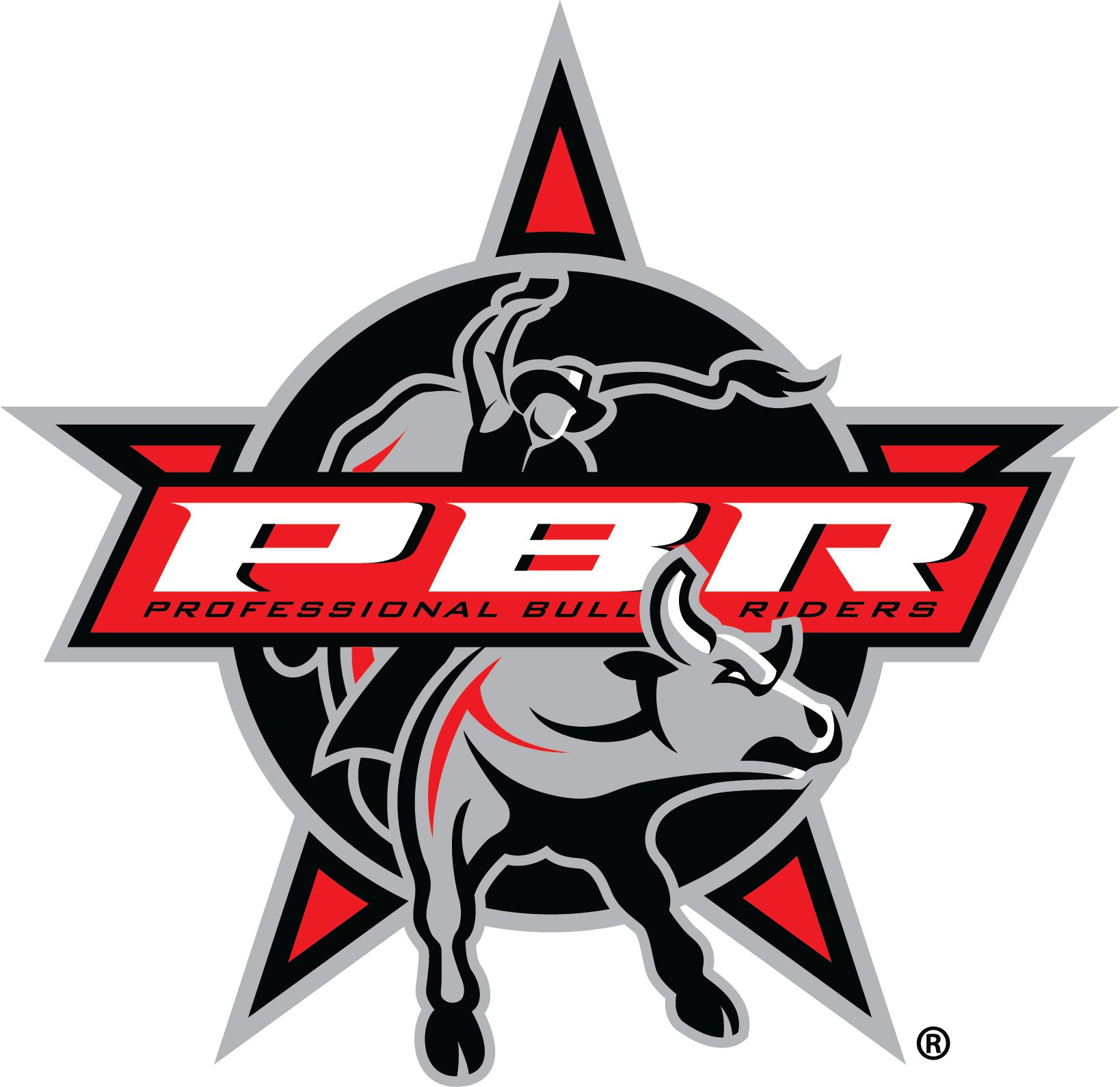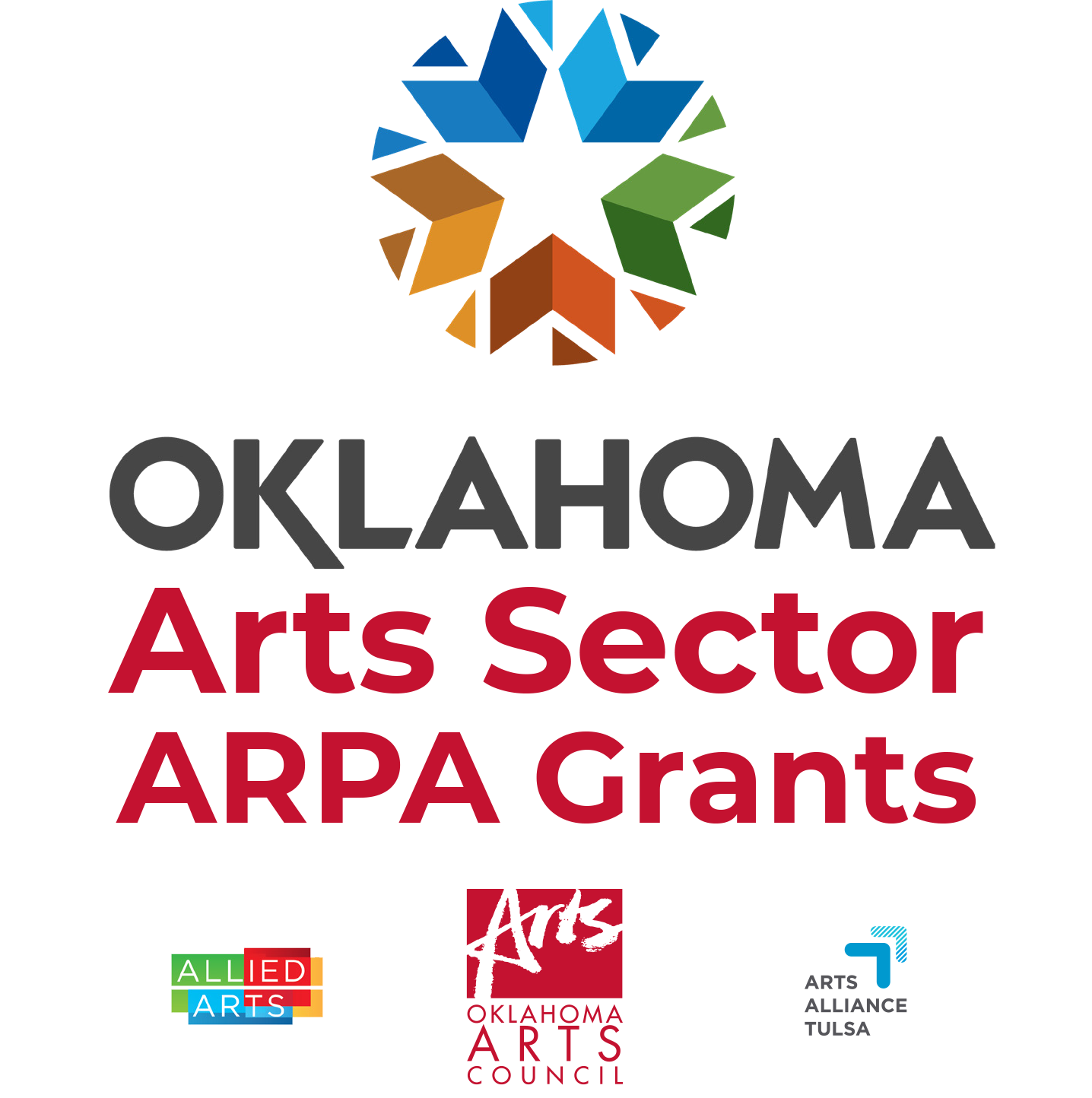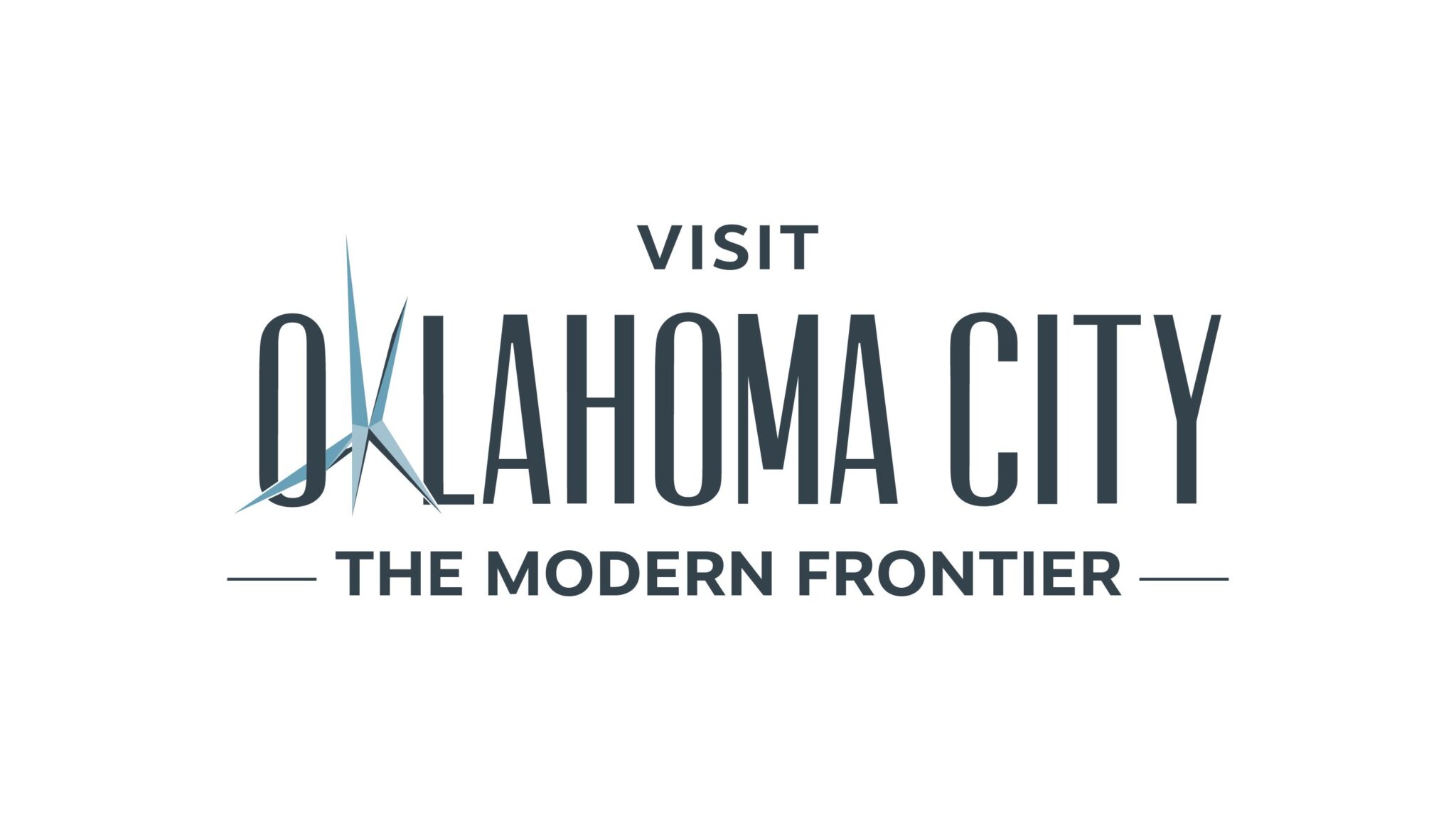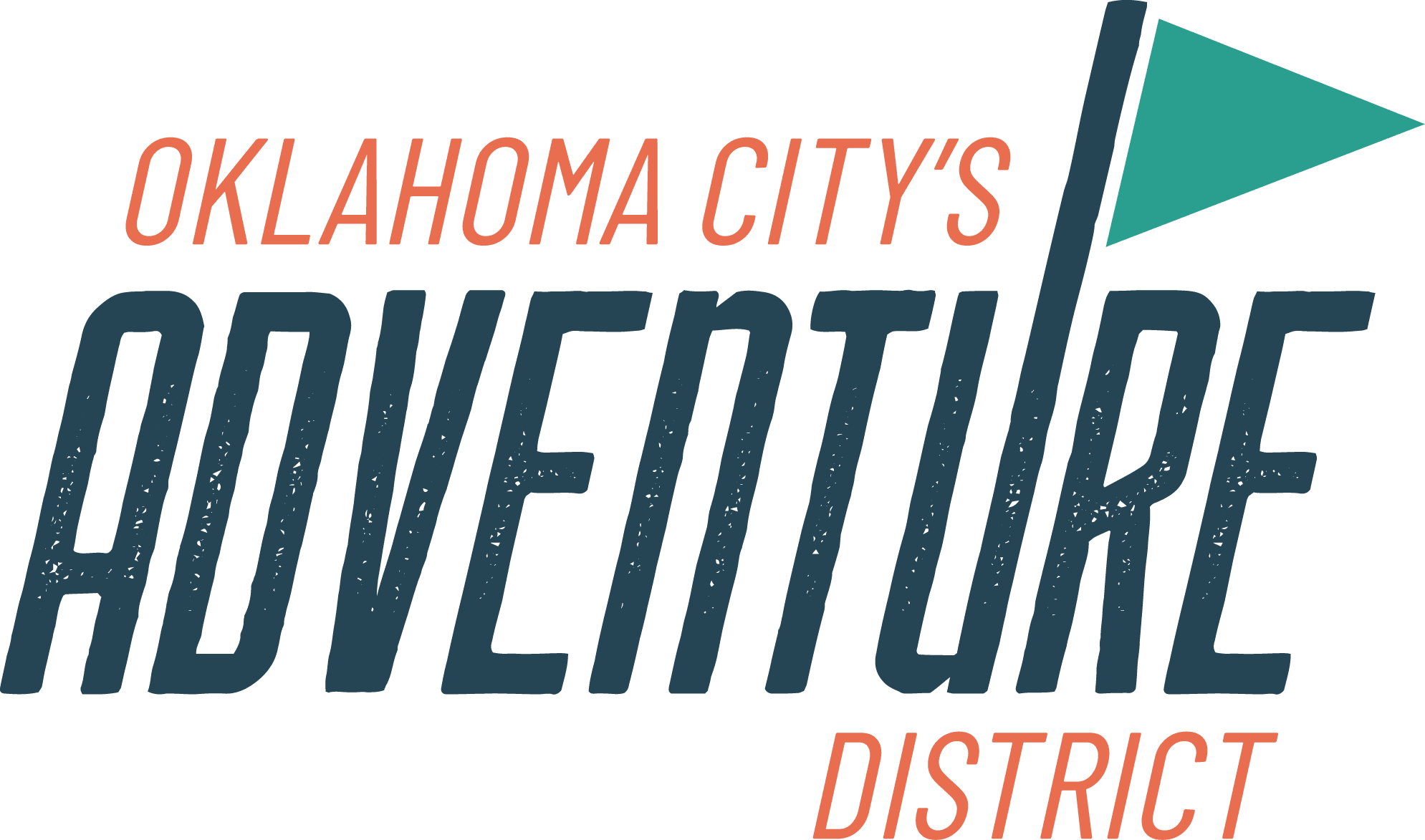Removing drifts of soil which block the highways near Guymon, Oklahoma, 1936. Photography by Arthur Rothstein, Library of Congress, Prints & Photographs.
In The Worst Hard Time, the 2006 National Book Award winner for Nonfiction, Timothy Egan undertakes to tell the “untold story of those who survived the great American Dust Bowl.” Indeed, for a wide swath of the public the story of those who stayed to endure life on the dust-swept High Plains during the “Dirty Thirties” is little known. Instead, the popular image most associated with the Dust Bowl is from John Steinbeck’s 1939 National Book Award-winning novel The Grapes of Wrath: Okies fleeing drought-stricken farms in hopes of new lives in the verdant valleys of California.
Yet for those who stayed on in the areas most affected by the Dust Bowl — totaling 100 million acres in western parts of Kansas, Nebraska, Oklahoma, and Texas, including the panhandle regions, along with northeast New Mexico and southeast Colorado — as well as their offspring, survival during these lean years wasn’t a tale heretofore untold. For the survivors it was a harrowing reality; for their children and grandchildren, a specter that haunted the lives of their parents and grandparents.
In The Worst Hard Time, Egan tells of the Dust Bowl with an expert and expansive eye, delving into the attitudes and practices that both caused the land to revolt (including fraud, mechanization, and over-farming during the wet years) and ensured the eventual cessation of catastrophic dust storms and the return of a viable agricultural economy (including terraced farming, conservation districts, and replanting of grasses). Egan also relates the individual experiences of those whose connection to the land wouldn’t allow them to flee, despite mounting evidence that the land had turned against them.
Rather than being untold stories, however, for many these are stories well known. Stories of individuals such as my grandfather, James Nidey, who today at age 96 still lives on the same section of land where, as a young man, he endured the 1930s in the epicenter of the Dust Bowl: Baca County, in far southeast Colorado. “You couldn’t see your hand in front of your face,” he told me recently when describing one of the monstrous dust storms that famously blighted the daytime skies of the High Plains, speaking a refrain that is common to those attempting to describe something so indescribable.
It is also the story of my great uncle, Ike Osteen, who himself came of age in Baca County during the 1930s and who figures prominently in The Worst Hard Time. Readers first meet Osteen along with Egan when the author arrives in Springfield, Colorado, in 2003 to conduct an interview. At age 86, Osteen is found on top of his house fixing the roof. Throughout the book, Egan flashes back to Osteen’s childhood as one of nine kids living in a dugout with their widowed mother.
Like my Grandpa Nidey, Osteen would survive the Dust Bowl still calling Baca County home. Both would go on to marry daughters of Ira Dunlap, a local rancher, and his wife, Cora. And both would remain constant tinkerers, always with a new project, always good with their hands, busy fixing the old instead of buying the new. A common trait, one finds, among those who survived the Dust Bowl.
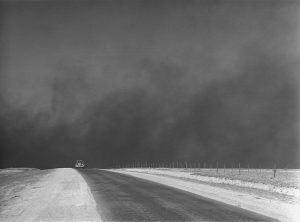
A car is chased by a “black blizzard” in the Texas Panhandle, March 1936.
Photography by Arthur Rothstein, Library of Congress, Prints & Photographs Division.
Several years ago, my grandfather placed a metal roof on his home — the same home his grandfather purchased soon after it was constructed in 1918. Before the metal roof was installed, however, old layers of shingles had to be removed, down to those that had been on the house during the Dust Bowl. Underneath remained a thick layer of dust that had collected during the frequent “dusters” of the 1930s. My grandfather saved a portion of this dust — that, surprisingly, isn’t gritty like dirt or sand, but is light and powdery, akin to talcum powder — which he donated to the local history museum just south of Baca County in the Oklahoma Panhandle community of Boise City. Today, this “Dust Bowl dust” remains on display for visitors to feel and ponder.
Perhaps this was my grandfather’s way of ensuring that the story he shares with a dwindling number of survivors never goes untold again.
The Worst Hard Time was a featured selection of the summer 2017 session of the National Cowboy Museum’s Read the West Book Club. To register for the winter 2018 session, which begins January 21, 2018, or for more information, visit nationalcowboymuseum.org/book-club.
